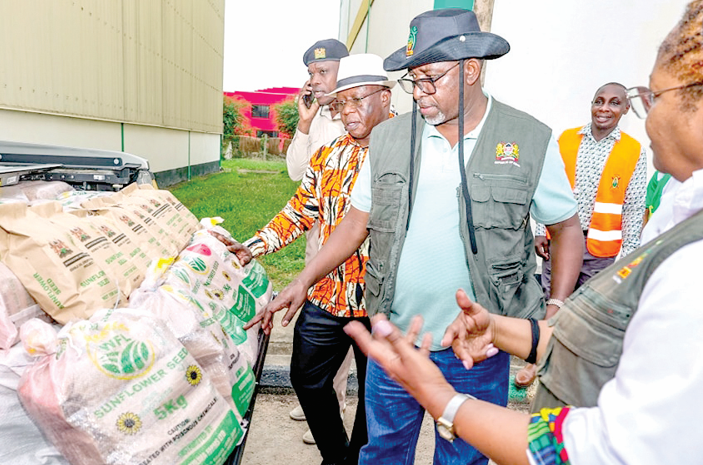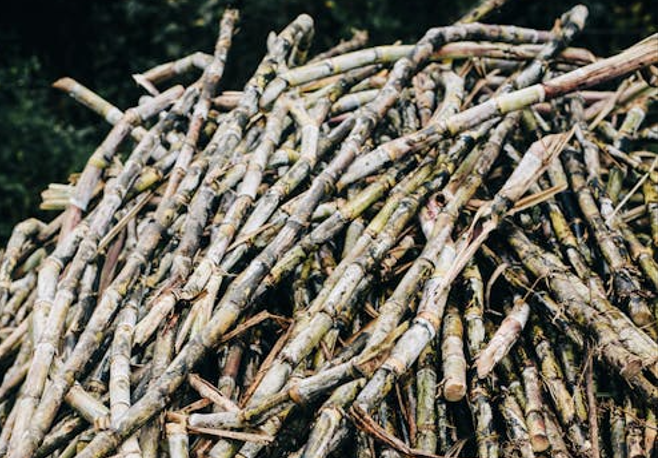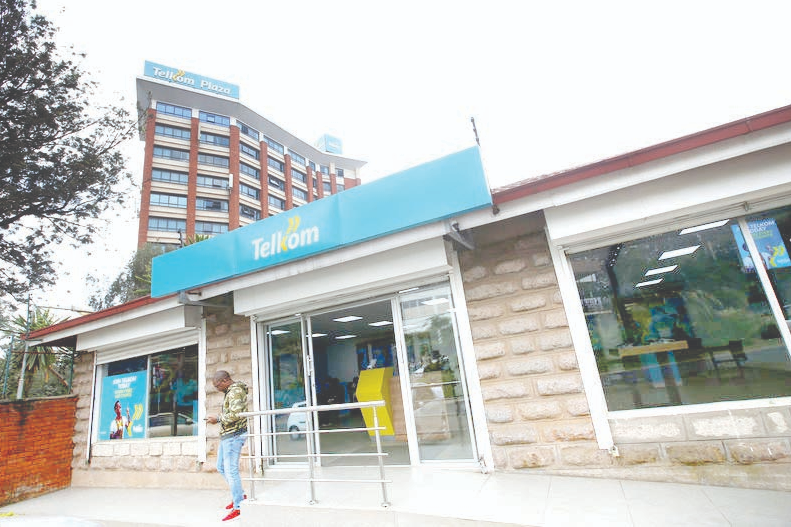Kenya achieves key African target on fertiliser usage

Kenya is among top 10 countries in Africa that have achieved the Abuja Declaration on Fertiliser usage target of 50 kilogrammes nutrients per hectare of arable land, African Union Commission (AUC) has confirmed.
Josefa Sacko (pictured), the AUC commissioner for Agriculture, Rural Development, Blue Economy, and Sustainable Environment said yesterday that Kenya is performing well in terms of fertiliser usage compared to her peers in the continent.
“Kenya has so far registered 60.7 Kgs fertiliser consumption per hectare making it among the top five in Africa. This has placed the country at a higher level of achieving food security compared to others,” she said. Sacko added: “Where fertiliser uptake has increased, the yield gains in relation to input efficiency remain unpredictable, especially in rainfed agriculture, which makes crop yields and their response to fertiliser unpredictable and challenging to improve.”
Sacko made the remarks during a virtual address to a media breakfast held at a Nairobi hotel on the upcoming second Africa Fertiliser and Soil Health Summit (AFSHS) to be held in Nairobi. The AFSH summit will be held on May 7 to 9.
Subsidy programme
She said the introduction of the fertiliser subsidy programme over the years in Kenya has contributed to increased usage of the farming input. In 2006, African head of states meeting in Abuja, Nigeria declared intention to promote fertiliser use from the low of 8 kg (nutrients)/ha to 50 kg (nutrients)/ha in a span of 10 years and map out strategies for maintaining an upward trajectory in fertilizer application.
However, at the end of 2021 only five countries had achieved the 50kg/ha target. Sacko explained that according to data by the World Bank, Egypt is leading the list with 542.6kg/ha, Seychelles (542.5Kg/ha), Mauritius (186.5kg/ha), South Africa (104.6kg/Ha, Malawi (96.7kg/ha, Zambia (63.9kg/ha), Kenya (60.7kg/ha), Botswana (59kg/ha) and Morocco at 55.3kg/ha.
Agriculture Cabinet Secretary Mithika Linturi explained that the government intervention in fertiliser subsidy programmes is aimed at increasing fertiliser usage, promoting competitive and sustainable agricultural production, and enhancing profitability to improve livelihoods and food security.












